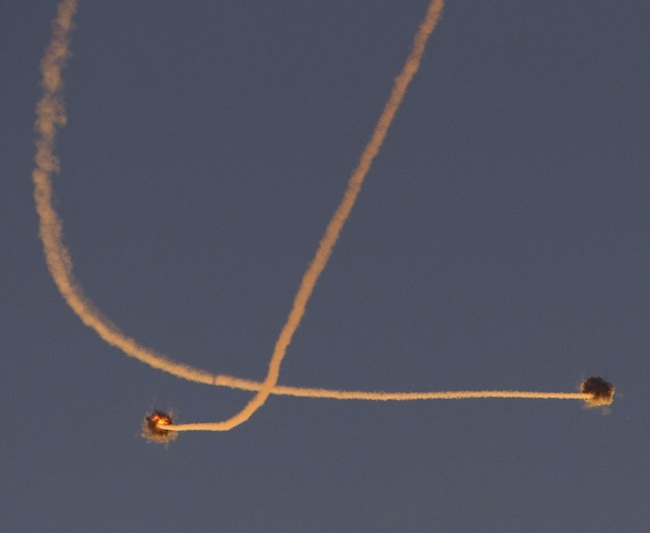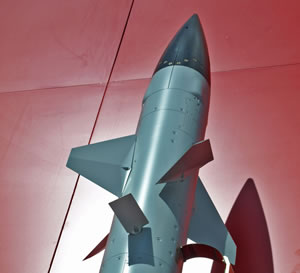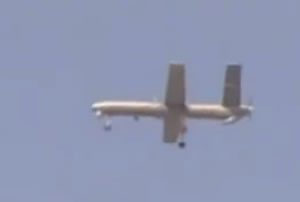

Israel has expanded the effective envelope of its Iron Dome Counter-Rocket, Artillery and Mortar (C-RAM) defense system. In a recent test series the system’s air defense capabilities against aerial vehicles other than rockets, was demonstrated. Iron Dome was originally designed to intercept short- and medium-range rockets, but, since its first deployment in 2011, its operational envelope has been enhanced to face growing threats. The need to engage aerial targets such as UAVs is currently recognized, with the growing use of UAVs by all sides in asymmetric warfare.
“This test series was designed to expand the Iron-Dome’s capabilities against an ever growing spectrum of threats. The successful test will upgrade the operational capabilities of the Iron-Dome system” the IMOD announcement said.
Through the recent test series Iron Dome performed as a Very SHort Range Air Defense (VSHORAD) asset, utilizing its radar to detect and track targets representing manned and unmanned aircraft. The system’s Tamir interceptors repeatedly killed the targets at high and low altitude, in look-up and look-down engagements, and in proximity as well as direct hits. According to the system’s designer RAFAEL, one of the highlights of the recent test series was the intercept of several targets representing unmanned aerial systems (UAS). Such vehicles are elusive targets for conventional air defense systems, which are designed to engage high-speed targets. Iron Dome proved it is fully capable of engaging such threats over a wide speeds and altitudes envelope.
The recent tests validated Iron Dome’s capabilities as a fully-integrated VSHORAD asset, providing a high level of protection for point targets as well as deployed forces, offering C-RAM, C-UAV and air-defense capabilities.

While the system’s ability to kill aerial vehicles has been proven, its integration with Israel’s anti-aircraft assets has yet to be determined, as, to date, Iron Dome has been tasked exclusively against ballistic targets. Enabling the system to act as a VSHORAD system will require further integration to enable the system to share the same ‘air picture’ as the MIM-104 Patriot missiles and IAF fighter aircraft get. Once this is achieved, Iron Dome is expected to provide the Israel Air Force with a more economical interceptor against enemy drones. So far, Patriot Advanced Capability (PAC-2) interceptors were used against suspected UAV targets over the Golan and above the Gaza strip. On other instances in 2006 and 2012 F-16s were scrambled to intercept Hezbollah and Iranian drones, the most recent, likely to be Shahed 129 was shot down over Israel after a long pursuit.



















